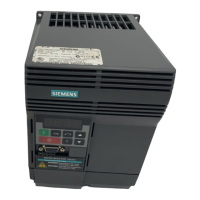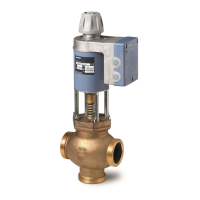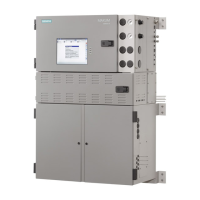Recalibration
7.7 Linearization
BW500 and BW500/L
92 Operating Instructions, 12/2016, A5E33482052-AD
Conveyor applications where the ideal belt scale location has been compromised, or where
there is a high degree of variation in belt tension, typically cause the belt scale to report load
non-linearly. The BW500 and BW500/L provides a linearizing function (P390 - P392) to correct
for the deficiency in the weighing system and to provide an accurate report of the actual process.
To verify that the cause of the non-linearity is not mechanical:
● Run the conveyor belt empty and stop it.
● Lift the belt off of the scale and suspend various test weights to the scale. If the load reported
by the BW500 and BW500/L is non-linear, a mechanical problem is indicated. Refer to the
belt scale manual to resolve the non-linearity by improved installation or repair.
If it is determined that the non-linearity is due to the weighing application, and not the actual belt scale,
apply linearization by performing the following:
● zero calibration
● span calibration at 90 to 100% of design rate
● material tests at 90 to 100% of design rate
● manual span adjust if required
● material tests at 1 to 5 intermediary flow rates where compensation is required.
Note
Compensation points must be at least 10% of the design load apart.
● calculate the percentage compensation for each flow rate tested.
%compensation = (actual weight - totalized weight * 100)/totalized weight
where:
actual weight = material test
totalized weight = BW500 and BW500/L total
After the compensation has been programmed into the BW500 and BW500/L, a material
test should be run to verify the effect of linearization.
If additional compensation is required, it must be based on new material tests performed
with the linearization turned off (P390 = 0).
A non-linearity with respect to the ideal response exists in a belt scale application with design
rate of 200 t/h. It is decided to do material tests at 15, 30, 45, 60 and 75% of the design load.
After performing a zero and a span calibration at 100% of the design load, followed by material
tests and manual span adjust, five material tests were performed at 30, 60, 90, 120 and 150 t/h,

